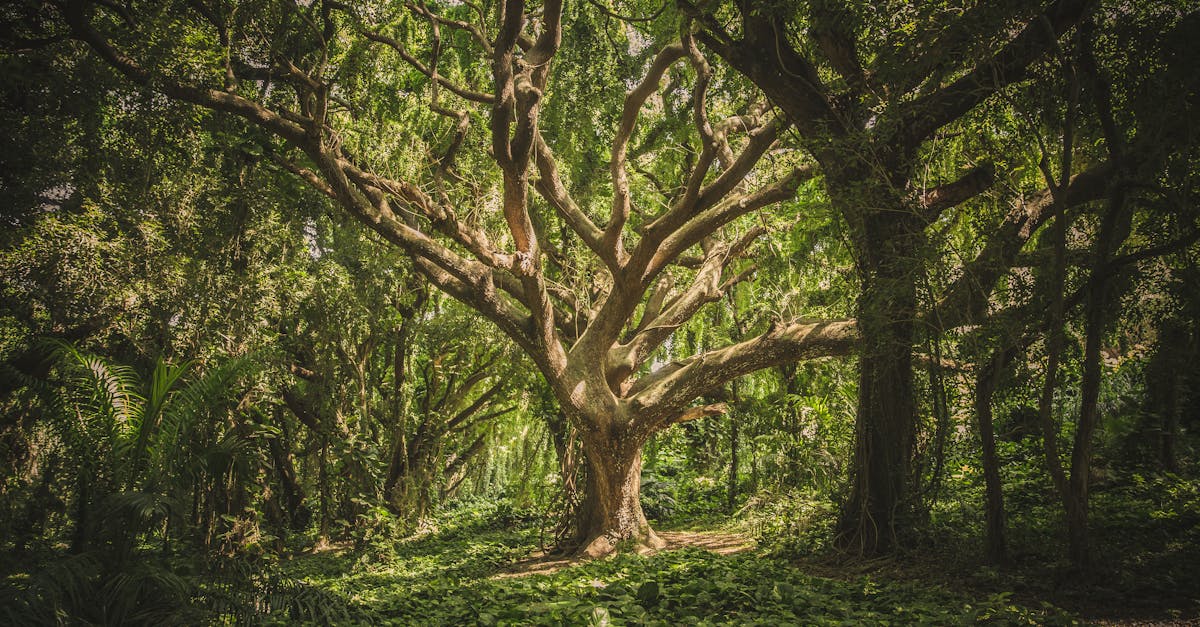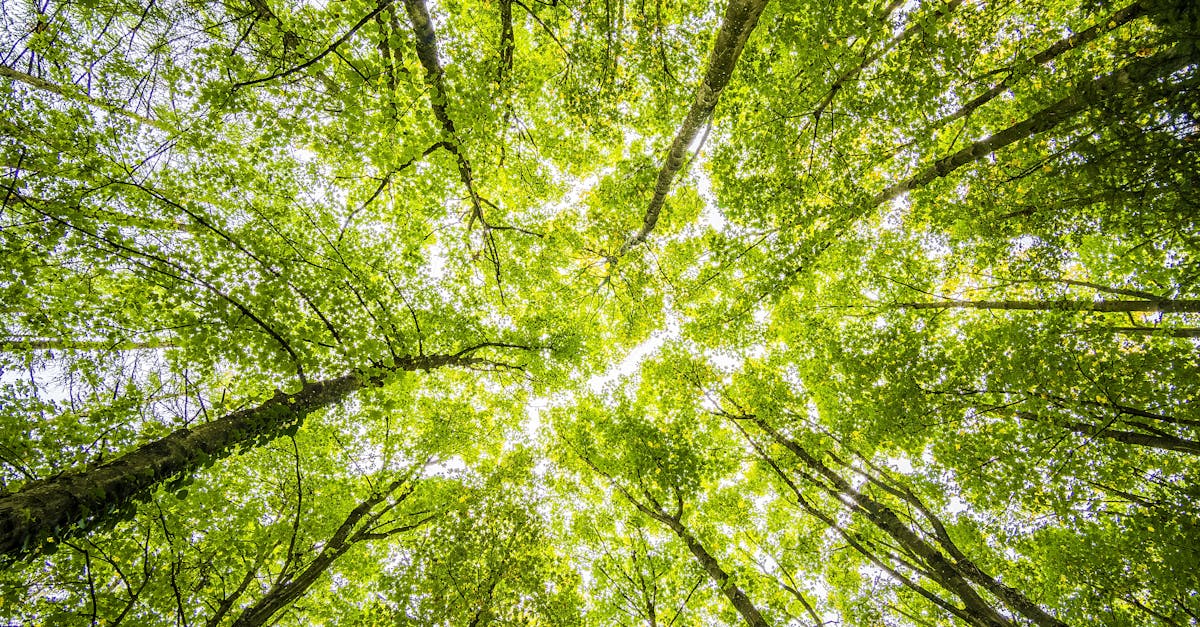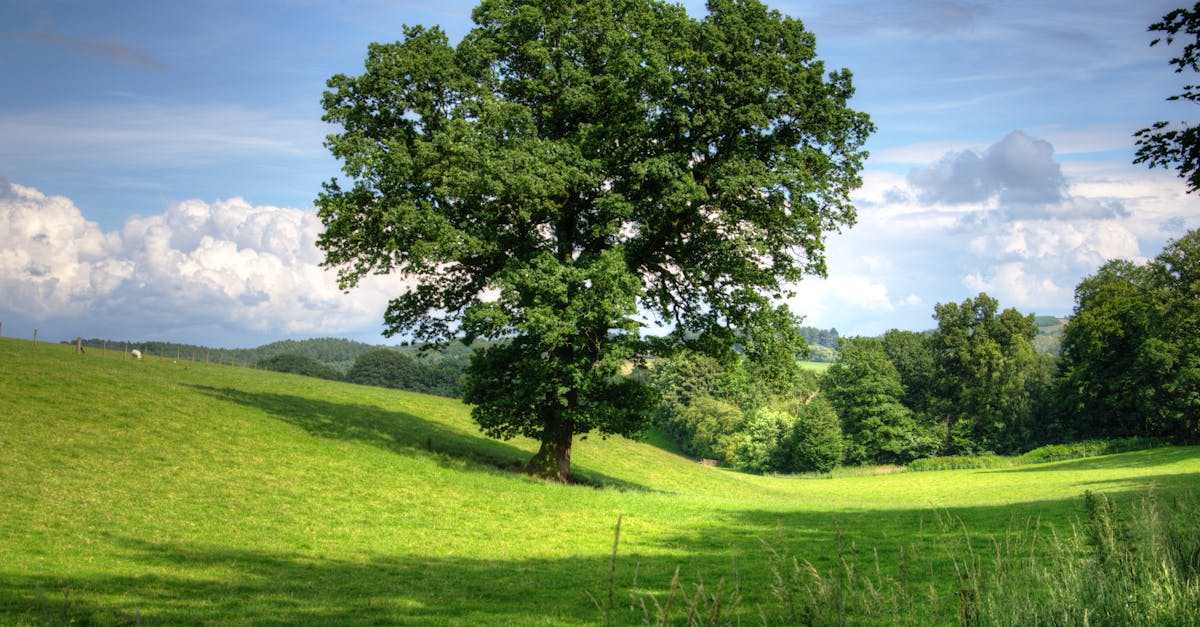
Qualities to Look for in a Tree Trimming Service
When selecting a tree trimming service, it is crucial to prioritize qualifications that ensure the job is done efficiently and effectively. An essential aspect to consider is the experience level of the team. A company with seasoned professionals who have years of expertise in Tree Pruning and Trimming is more likely to handle the task with precision and care.
Moreover, it is vital to look for a tree trimming service that is fully licensed and insured. This not only protects you as the homeowner but also indicates a level of professionalism and commitment to safety on the part of the service. Before engaging any company for Tree Pruning and Trimming, be sure to inquire about their credentials and ensure they meet all necessary legal requirements.
When considering the optimal month for tree pruning and trimming, the element of timing is crucial to achieve the best outcomes for your trees' health and growth. Understanding the specific needs of different tree species in relation to the local climate and seasonal changes will guide you in identifying the most suitable timing for tree maintenance. While some trees benefit from trimming during the dormant winter months to promote healthy spring growth, others may require pruning in the summer to prevent disease transmission. Properly timed tree pruning and trimming not only contribute to the overall aesthetic appeal of your landscape but also play a significant role in maintaining the trees' structural integrity and vitality.
Tree pruning and trimming go beyond just enhancing the visual appeal of your landscape; they are vital practices that impact the long-term health and well-being of your trees. By promoting proper tree growth, reducing the risk of disease, and enhancing airflow and sunlight exposure, regular tree maintenance activities help prolong the lifespan of your trees. Hiring professional tree trimming services can ensure that the job is done efficiently and effectively, utilizing the expertise and tools necessary to carry out the task safely and in a manner that best serves the tree's health and growth.
DIY Trimming vs. Professional Services
Tree pruning and trimming can seem like a straightforward task, but deciding between tackling the job yourself or hiring a professional service requires careful consideration. DIY trimming can be cost-effective, allowing you to save money that would have been spent on hiring experts. It also gives you a sense of satisfaction and control over the process. However, it is essential to have the necessary knowledge, skills, and tools to perform tree pruning and trimming correctly to avoid causing harm to the tree or yourself.
On the other hand, opting for professional tree trimming services can ensure a high-quality outcome as experienced arborists possess the expertise and equipment necessary to handle the job efficiently and safely. Professionals can provide proper care and maintenance tailored to the specific needs of each tree, promoting healthier growth and reducing the risk of disease or damage. Additionally, employing experts can save you time and effort, especially when dealing with large or hard-to-reach trees. When deciding between DIY trimming and professional services, consider your comfort level with tree care tasks, the complexity of the job, and the overall health and condition of your trees.
Pros and Cons of DoItYourself Tree Pruning
When it comes to tree pruning and trimming, opting for a do-it-yourself approach can have both advantages and drawbacks. One of the main benefits of DIY tree pruning is the cost-saving aspect. By investing your time and effort, you can avoid the expenses associated with hiring a professional tree trimming service. Additionally, taking on the task yourself gives you full control over the process, allowing you to shape and maintain your trees according to your preferences.
However, there are notable downsides to engaging in DIY tree pruning and trimming. Without proper knowledge and expertise, there is a risk of unintentionally harming the tree, leading to long-term damage or even the tree's demise. Additionally, handling sharp tools and climbing trees can pose safety hazards, especially for individuals without experience in tree care. It's crucial to weigh these pros and cons carefully before deciding whether to undertake tree pruning and trimming yourself or enlist the help of a professional service.
When it comes to maintaining the health and aesthetics of your trees, proper pruning and trimming play a crucial role. Understanding the best time of year to trim your trees can make all the difference in promoting their growth and longevity. While some trees may benefit from trimming in early spring to encourage new growth, others may fare better with pruning in late winter when they are dormant. It is essential to research the specific needs of each tree species on your property to determine the most suitable time for trimming.
Tree Pruning and Trimming is a task that requires precision and knowledge to ensure the health of the tree is maintained while achieving the desired aesthetic outcome. Hiring a professional tree trimming service can provide you with the expertise needed to properly assess your trees' condition and execute the necessary pruning techniques. However, if you are confident in your abilities and have experience in tree care, opting for a do-it-yourself approach can be a cost-effective solution for minor trimming jobs.
Trimming Frequency Guidelines
Tree pruning and trimming are critical components of tree maintenance. The frequency of trimming largely depends on the tree species, its age, and overall health. As a general guideline, most trees benefit from annual pruning to maintain their shape, promote healthy growth, and remove any dead or diseased branches. Young trees may require more frequent trimmings to establish a strong structure, while older trees may need less frequent pruning to preserve their form.
In addition to annual pruning, it is essential to monitor the tree throughout the year for any signs of distress or overgrowth. Trees that show signs of disease, pest infestation, or storm damage may require immediate attention and trimming. Regular inspections can help identify potential issues early on, allowing for prompt action and preventing more significant problems down the line. By following these trimming frequency guidelines, you can help ensure the health and longevity of your trees.
FAQS
When is the best time of year to trim trees?
The best time to trim trees is typically during late winter or early spring, while the tree is still dormant before new growth begins.
Can trees be trimmed during the summer or fall months?
It is generally recommended to avoid trimming trees during the summer months, as the heat can stress the tree. Fall can be a suitable time for light trimming, but major pruning should be done in late winter or early spring.
What are the benefits of trimming trees during the dormant season?
Trimming trees during the dormant season helps promote healthy growth, reduces the risk of disease, and minimizes stress on the tree. It also allows for better visibility of the tree's structure.
Are there specific trees that require trimming at different times of the year?
Yes, some trees have specific trimming requirements based on their species and growth patterns. It is recommended to consult with a professional arborist to determine the best time to trim specific types of trees.
How can I determine if a tree trimming service is reputable?
Look for a tree trimming service that is licensed and insured, has positive customer reviews, and provides a detailed written estimate. It's also beneficial to inquire about the qualifications and experience of the arborists on staff.


